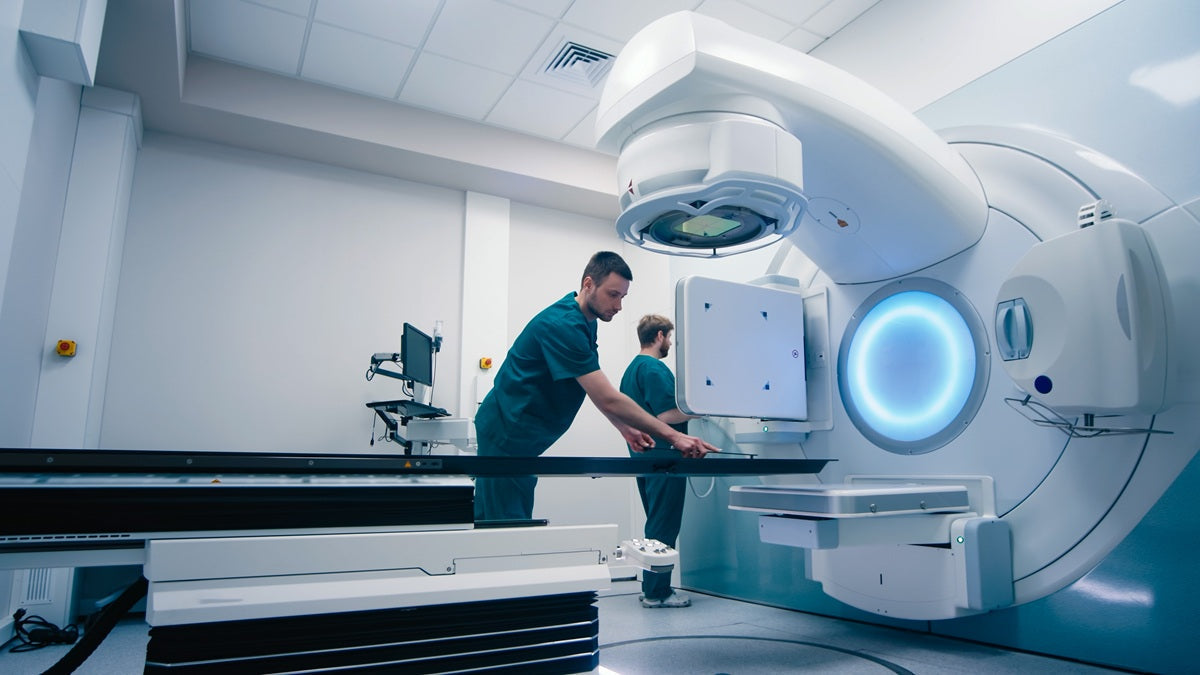
10 Capital Planning Mistakes That Drain Budgets and Impact Patient Care
Healthcare capital planning is more than an annual budgeting exercise—it’s a strategic process that directly impacts patient care, operational efficiency, and financial sustainability. Yet for many organizations, it remains reactive, rushed, and plagued by costly oversights.
Capital planning remains a complex process, and even experienced organizations can fall into familiar traps. These aren’t minor missteps; they’re costly mistakes that can quietly drain millions from your budget and compromise your ability to deliver safe, high-quality care.
Below are 10 of the most common capital planning mistakes, along with key questions to help you assess your organization’s risk.
1. Waiting Until Equipment Fails
When a CT scanner or infusion pump breaks down unexpectedly, hospitals are forced into reactive purchasing. This often means paying premium prices, rushing procurement without competitive bids, and settling for what’s available—not necessarily what’s best. These unplanned expenses can derail even the most carefully crafted capital plans.
The real cost:
- 15%–20% price premiums on emergency purchases
- Lost revenue from canceled procedures
- Reputational damage from delayed care
Key questions to explore:
- Are we tracking equipment age and performance to anticipate failures?
- How often do we make emergency purchases?
- Have we implemented a plan to replace critical equipment before it fails?
2. Planning Without a Complete Inventory
You can’t manage what you don’t measure, yet many capital plans are built on outdated or incomplete data. Without a clear picture of what equipment exists, where it’s located, and what condition it’s in, planning becomes guesswork.
The real cost:
- Redundant purchases
- Missed opportunities to retire underused assets
- Inaccurate budgeting and forecasting
Key questions to explore:
- Do we have a validated, up-to-date inventory of all capital equipment?
- Are we capturing data on utilization, service history, and location?
- How confident are we in the accuracy of our asset records?
3. Overbuying Technology That Doesn’t Deliver
It’s easy to be dazzled by the latest features or vendor promises. But when equipment doesn’t align with actual clinical needs, it becomes an expensive paperweight—tying up capital that could be better spent elsewhere.
The real cost:
- Underutilized assets
- Higher training and maintenance costs
- Opportunity cost of misallocated funds
Key questions to explore:
- Are clinical teams involved in capital purchasing decisions?
- Do we evaluate technology based on actual usage and outcomes?
- Are we investing in features we don’t need or won’t use?
4. Ignoring Cybersecurity and Integration Risks
Outdated devices aren’t just inefficient, they’re liabilities. Many lack modern cybersecurity protections or the ability to integrate with electronic health records, exposing the organization to data breaches and compliance risks.
The real cost:
- Regulatory penalties
- Patient safety risks
- IT and clinical workflow disruptions
Key questions to explore:
- Are we assessing cybersecurity risks as part of our capital planning process?
- Do we know which devices are running outdated or unsupported software?
- How well does our equipment integrate with our current IT infrastructure?
5. Missing the Power of Standardization
When departments purchase equipment independently, it leads to fragmented vendor relationships, inconsistent training, and bloated inventories. Standardization across departments or facilities simplifies maintenance and support and often lowers costs.
The real cost:
- Higher service and training costs
- Missed volume discounts
- Inefficiencies in procurement and support
Key questions to explore:
- Are we leveraging standardization to reduce costs and complexity?
- Do we have visibility into purchasing across departments?
- Are we missing opportunities to consolidate vendors or service contracts?
6. Letting the Loudest Voices Drive the Budget
In many healthcare organizations, capital planning becomes a political process. The most vocal departments often secure the most funding—regardless of actual need. This leads to inequity and missed opportunities to invest where it matters most.
The real cost:
- Underfunding of critical but quieter departments
- Skewed capital allocation that doesn’t reflect priorities
- Delayed or denied access to essential equipment for patient care
Key questions to explore:
- Is our capital planning process objective and transparent?
- Are all departments given equal opportunity to present their needs?
- Do we prioritize based on data—not volume?
7. Overlooking the Cost of Equipment Downtime
When critical equipment goes offline—whether due to failure, maintenance delays, or lack of replacement planning—the consequences go far beyond inconvenience. Downtime can lead to canceled procedures, delayed diagnoses, and patient transfers, all of which affect patient care and financial performance.
The real cost:
- Lost revenue from canceled or rescheduled procedures
- Increased patient length of stay or transfers to other facilities
- Reputational damage from service disruptions
- Potential harm to patients due to delayed care
Key questions to explore:
- Do we track and quantify the financial impact of equipment downtime?
- Are we proactively replacing high-risk devices before failure?
- How do we ensure continuity of care when key equipment is unavailable?
8. Failing to Incorporate Service and Maintenance Cost Optimization
Capital planning often focuses on the up-front cost of equipment, but ongoing service and maintenance costs can account for a significant portion of total life-cycle expenses. Many organizations overlook opportunities to optimize these costs through better contract management, vendor negotiation, or shifting service in-house.
The real cost:
- Overspending on OEM service contracts
- Missed savings from in-house or hybrid service models
- Lack of visibility into total cost of ownership
Key questions to explore:
- Are we tracking and benchmarking our cost-of-service ratios?
- Do we evaluate service contracts as part of capital planning?
- Could we reduce costs by shifting more services in-house?
9. Underestimating the Operational Burden of In-House Planning
Attempting to manage capital planning internally without the right tools, data, or expertise can overburden staff and lead to suboptimal outcomes.
The real cost:
- Staff burnout and misallocation of internal resources
- Incomplete or inaccurate capital plans
- Delayed decision-making and missed savings
Key questions to explore:
- Do we have the internal capacity and expertise to do this well?
- Are we evaluating the true cost of doing it ourselves?
- Could outsourcing yield better results with less disruption?
10. Neglecting to Align Capital Planning with Strategic Goals
Capital planning that isn’t tied to long-term organizational strategy risks misallocating resources and missing opportunities for growth.
The real cost:
- Investments that don’t support future care models
- Missed opportunities to support high-impact service lines
- Fragmented planning that hinders transformation
Key questions to explore:
- Are we aligning investments with strategic goals?
- Do we consider service line growth and patient trends?
- Are strategic leaders involved in the planning process?
Final Thought: What’s the Cost of Doing Nothing?
Every year, hospital budgeting mistakes cost health systems millions. But the cost isn’t just financial. It’s operational. It’s clinical. It’s reputational. The good news? These mistakes are avoidable. With the right data, the right process, and the right partners, healthcare leaders can transform capital planning from a pain point into a strategic advantage. Avoid these pitfalls with ECRI’s Predictive Replacement Plan.
If your capital planning process feels reactive, political, or unclear—it’s time to rethink it. Start by asking better questions, listening to every department, and building a roadmap that reflects your organization’s true priorities.
Capital planning is complex, resource-intensive work. ECRI can help you do it smarter.
We’ve spent the last 14 years refining our capital planning methodology to give healthcare organizations a clearer, data-driven view of their capital needs. Backed by more than 50 years of experience in health technology management and medical device evaluation, our team includes seasoned clinicians and biomedical engineers who bring deep, unbiased expertise to every project. We’ll help you avoid costly missteps, uncover savings opportunities, and build a capital strategy that’s fair, defensible, and ready for what’s next.
Contact us to learn more about our predictive replacement planning services and how we can help you build a smarter capital planning roadmap.
